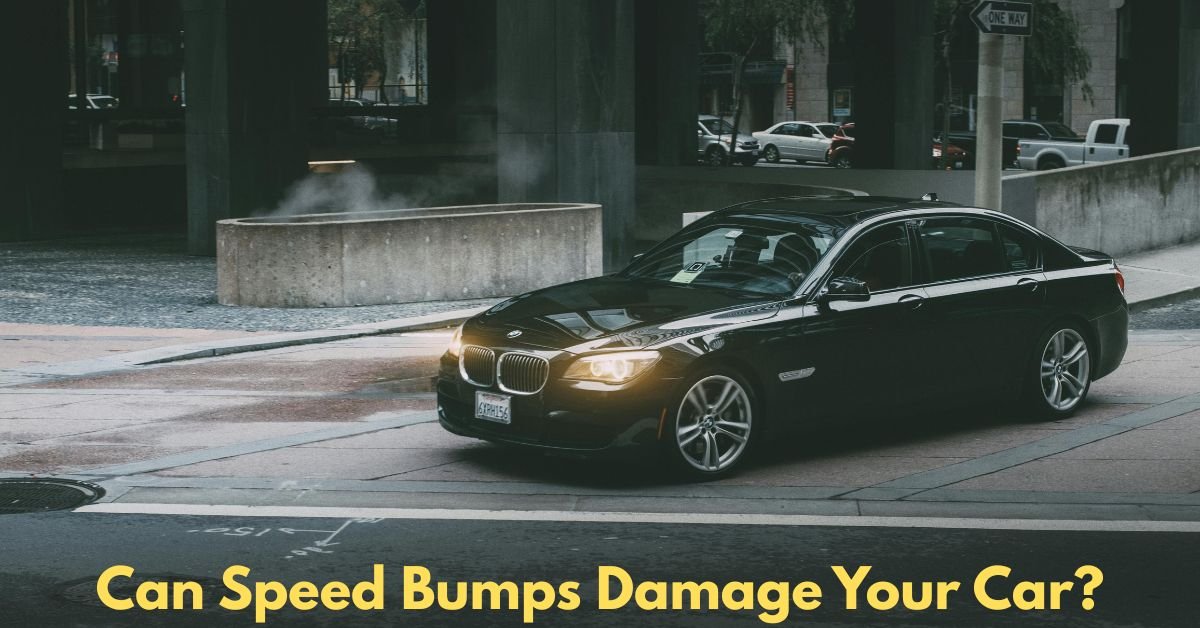Speed bumps are intended to increase road safety by incentivizing vehicles to reduce their speed, particularly in regions with high pedestrian traffic. While their purpose is clear and effective, many drivers have questioned whether speed bumps could actually be harming their vehicles. The short answer is: yes, speed bumps can damage your car — but only if they’re not approached correctly.
In this blog post, we’ll explore how speed bumps work, the types of damage they can cause, and how to navigate them safely to protect your vehicle.
Can Speed Bumps Damage Your Car?
What Are Speed Bumps For?
Before diving into potential damage, let’s look at why speed bumps exist in the first place. These traffic calming devices are installed on roads to reduce vehicle speed. They’re typically found in residential neighborhoods, school zones, parking lots, and other areas where slower speeds are critical for safety.
Speed bumps are steeper and shorter than speed humps or cushions, which are broader and less sudden. This design forces drivers to slow down significantly or risk an uncomfortable (and possibly damaging) jolt.
How Speed Bumps Can Damage Your Car
Speed bumps can cause damage to a vehicle if approached too quickly or if your car is particularly low to the ground. Here are some common issues:
1. Suspension System Damage
One of the most common areas of concern is your car’s suspension. The suspension system includes shocks, struts, and springs that absorb the impact of driving over uneven surfaces. Hitting a speed bump at high speed can stress or damage these components, leading to poor ride quality and costly repairs.
2. Tire and Wheel Issues
If you go over a bump too fast, your tires and rims can take a hit — literally. This might cause tire misalignment, sidewall bulges, or even bent rims, especially if the speed bump is particularly sharp or poorly maintained.
3. Exhaust System Scrapes
Low-slung vehicles are especially vulnerable to scrapes and dents underneath the car. The exhaust system, which runs along the bottom of the vehicle, can get scratched or even dislodged if the car bottoms out on a tall speed bump.
4. Underbody Damage
It’s not just the exhaust you need to worry about — the oil pan, transmission housing, and other vital components can suffer damage too. This kind of underbody damage can be subtle at first but lead to major mechanical issues over time.
Must Read: What Causes An Exhaust System To Melt The Bumper?

Factors That Increase the Risk
Not all cars or driving situations are equally at risk. Here are a few factors that can increase the chance of damage:
- Driving too fast: Obviously, the faster you hit a bump, the greater the impact.
- Low ground clearance: Sports cars and modified vehicles with low suspension are at higher risk.
- Heavy loads: A car that’s carrying extra weight (passengers, cargo, etc.) will compress the suspension more and be more likely to scrape.
- Poorly designed speed bumps: Some bumps are steeper or taller than regulations recommend, especially in private parking lots.
How to Avoid Damage
You don’t have to fear speed bumps — you just need to treat them with respect. Here are some pointers for safely navigating them:
- Slow down: Approach speed bumps at 5–10 mph or even slower.
- Cross them at an angle: For low vehicles, approaching a bump diagonally can reduce the risk of scraping.
- Check your suspension: Regular maintenance can help ensure your suspension system is in good shape to handle everyday road impacts.
- Know your car: If you drive a low-profile vehicle, be extra cautious in areas known for tall or poorly marked bumps.
Conclusion
Speed bumps are there to protect people, but they can pose a threat to your car if you’re not careful. The damage they cause usually comes down to driver behavior more than the bump itself. You can protect your car and others around you by reducing your speed and maintaining awareness.
So next time you see that striped mound of concrete ahead, take it slow. Your wallet and suspension will both appreciate it.
